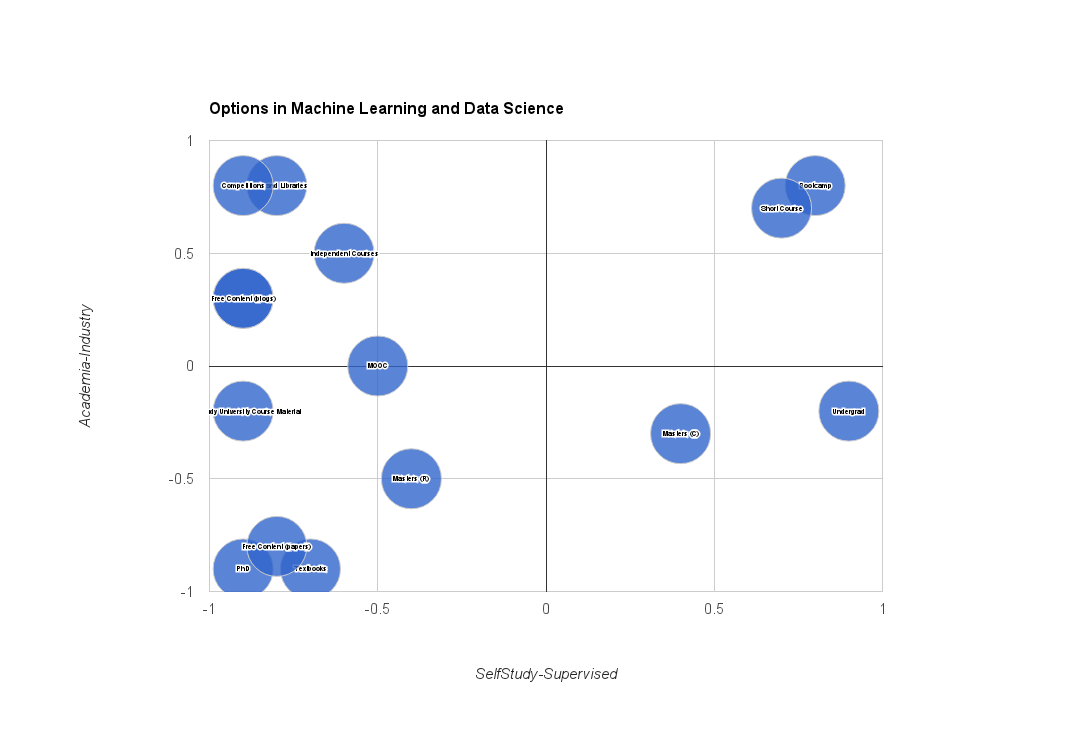Introduction:

Image: machinelearningmastery.com
In the realm of financial markets, where the stakes are high and the rewards can be substantial, the advent of machine learning (ML) has raised the bar for investors globally. Among the multitude of financial instruments, options trading has emerged as one of the most promising battlefields for ML algorithms. By harnessing the power of data and advanced statistical models, ML is revolutionizing the way investors approach options trading, unlocking unprecedented opportunities and empowering them with a decisive edge in the financial realm.
Unveiling Machine Learning in Options Trading
Machine learning algorithms possess the remarkable ability to analyze vast datasets, discern complex patterns, and predict future events with astonishing accuracy. In the context of options trading, ML algorithms can sift through historical market data, identify hidden relationships, and derive actionable insights that human analysts may overlook. This unparalleled analytical prowess allows ML to develop sophisticated trading strategies that adapt dynamically to changing market conditions, maximizing returns while minimizing risks.
Advantages of Machine Learning in Options Trading:
As machine learning continues to gain prominence in the financial sector, its benefits for options traders are becoming increasingly apparent. Some of the key advantages of employing ML in options trading include:
-
Enhanced Predictive Accuracy: ML algorithms are adept at identifying subtle patterns and making accurate predictions. This ability translates into improved forecasting of options prices and volatility, enabling traders to make informed decisions based on data-driven insights.
-
Real-Time Market Analysis: By continuously monitoring market data, ML algorithms can provide traders with real-time analysis and insights, facilitating timely and effective trading decisions.
-
Adaptive Trading Strategies: ML-powered trading strategies can adapt to changing market conditions autonomously, automatically adjusting parameters to optimize performance in volatile or uncertain markets.
-
Increased Automation: ML algorithms automate the trading process, freeing up traders to focus on higher-value tasks such as strategy optimization and risk management.
Expert Insights and Actionable Tips
-
Embrace Data Diversity: Successful implementation of ML in options trading requires access to diverse and high-quality data. Incorporating data from multiple sources, including historical market prices, economic indicators, and sentiment analysis, can enhance the accuracy of ML models.
-
Optimize Algorithm Parameters: Fine-tuning the parameters of ML algorithms is crucial for maximizing performance. Experimentation and rigorous testing are necessary to determine the optimal settings for the specific trading strategy being employed.
-
Manage Risk Prudently: While ML algorithms can provide valuable insights, they are not infallible. It is essential to adopt robust risk management practices, such as position sizing and stop-loss orders, to mitigate potential losses.
Conclusion
Machine learning has emerged as a transformative force in options trading, offering investors powerful new tools to navigate the complexities of the financial markets. By leveraging the unparalleled analytical capabilities of ML algorithms, options traders can gain a competitive advantage, make more informed decisions, and achieve superior returns. As ML technology continues to evolve, we can expect even more innovative and sophisticated strategies to emerge, further revolutionizing the world of options trading.

Image: www.datatobiz.com
Machine Learning Options Trading






